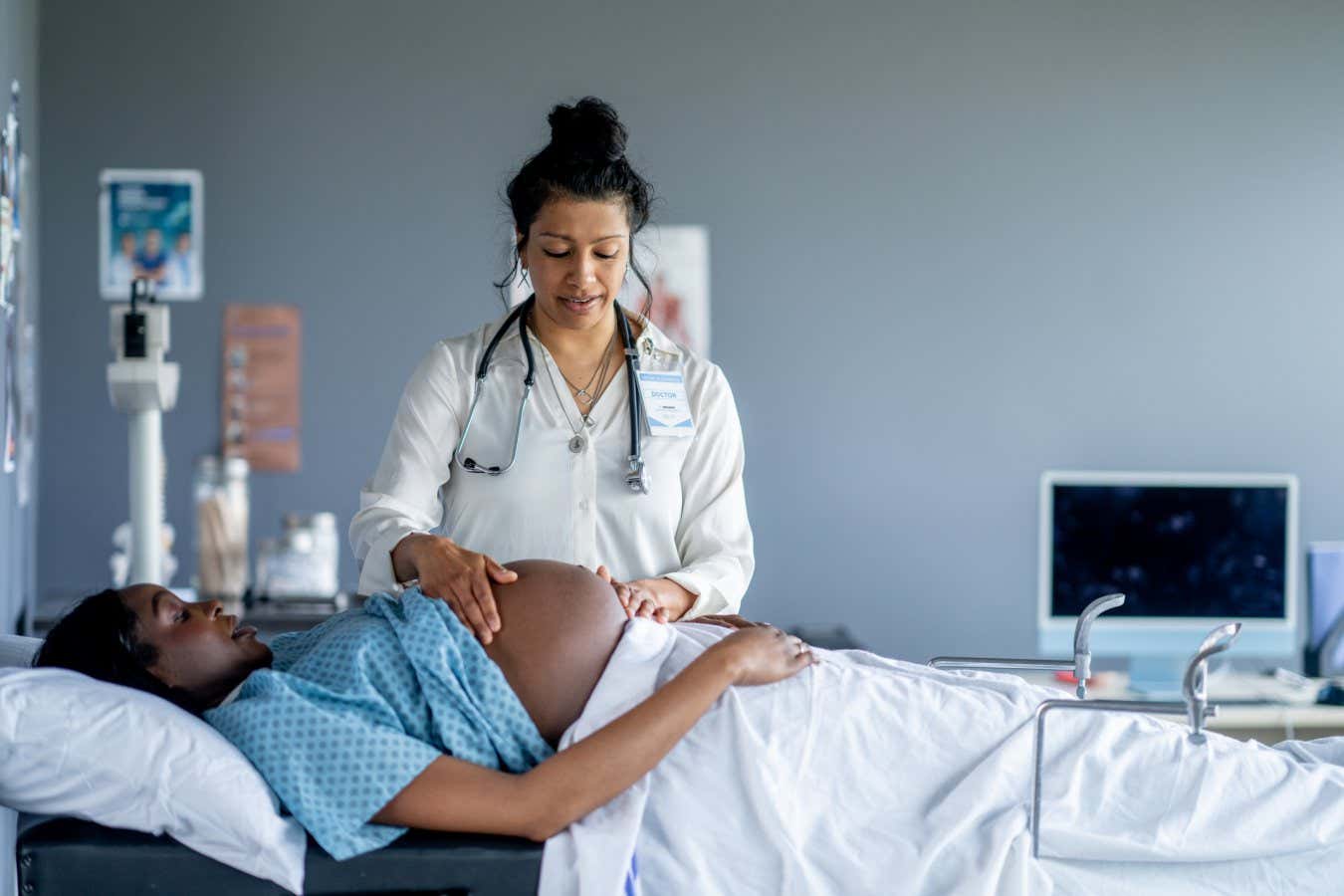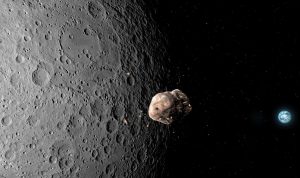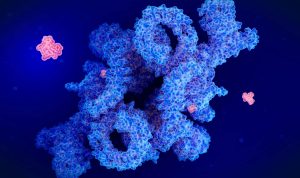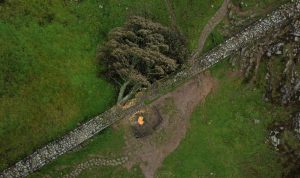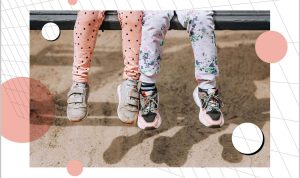Over the past 150 years, the rise in Caesarean sections and changes in diet could have led to smaller pelvises among women – which may make vaginal birth more difficult but could also reduce common conditions associated with childbirth
Medical advances have changed childbirth – potentially enough to impact human evolutionFatCamera/Getty Images
Medical advances have changed childbirth – potentially enough to impact human evolution
Women’s pelvises have become narrower over the past 150 years, according to a study of over 8000 people from three countries. There are many factors at play, but whatever the ultimate cause, it is the latest piece of evidence leading researchers to rethink the “obstetrical dilemma”, a description of the competing evolutionary pressures on pelvis size: the need to accommodate babies’ large heads drives pelvises to widen, but the need to walk bipedally pushes them to narrow.
Read moreThe biggest coincidence in human evolution
The biggest coincidence in human evolution
We don’t know exactly what is driving this change, or all the ways it will affect people’s health. But if pelvises continue shrinking at this pace, it could make Caesarean sections more likely out of necessity – which could have a host of knock-on effects.
Maciej Hennebergat the University of Adelaide in Australia and his colleagues reanalysed an existing dataset of 1247 Australian women, born between 1900 and 1984, and found that pelvic width decreased by 0.42 millimetres per year. Likewise, among 3486 Polish women, pelvis widths decreased by 0.47 mm per year between 1880 and 1970, and among 320 Mexican women, pelvis width shrank by 0.42 mm per year between 1900 and 1970. In the same time periods, average height increased and shoulder width either held steady or increased.
“Given that in these different regions, it evolved in the same direction, even though body height increased, I personally find this convincing,” saysPhilipp Mitteroeckerat the University of Vienna in Austria.
“The dataset is fantastic,” saysLia Bettiat University College London.
Keep up with advances in archaeology and evolution with our subscriber-only, monthly newsletter.
For Henneberg, this finding shows that modern medicine is weakening natural selection’s impact on the human pelvis – and especially on the width of the birth canal. In the past, if a baby was too large or the birth canal was too narrow, both mother and baby would probably die in childbirth. However, safe and effectiveCaesarean sections, or C-sections – in which the baby is removed surgically through the abdomen – mean this evolutionary pressure is reduced. As a result, birth canals and pelvises can become narrower.
Mitteroecker also thinks C-sections are changing the evolutionary pressures at work on the human birth canal. He predicted that this might drive pelvises to narrow ina 2016 analysis, and says this is the latest iteration of a long-standing phenomenon.
“Midwifery is old,” he says, and “really unique to humans”. Women have been getting help with childbirth, often from other women,for hundreds of thousands of years. This cultural practice hasrelaxed the selection pressure on the pelvis and birth canal– so our behaviours have affected our own biological evolution. “C-section is, in a way, an extreme form of that,” says Mitteroecker. C-sections took off starting in the 1970s through the 1990s, and the global rate increased from7 per cent in 1990 to 21 per cent in 2021.
Read moreWhy did humans evolve big brains? A new idea bodes ill for our future
Why did humans evolve big brains? A new idea bodes ill for our future
However, Betti is sceptical that C-sections are the main explanation for the recent change in pelvic width. She points out that humans got a lot taller in the same time frame, but that is probably due to diet and better healthcare – not an evolutionary change in our genes.
“We know that diet can affect the pelvis,” says Betti. When nutrition is scarce, our developing bodies tend to allocate more nutrients to certain organs, including the brain, at the expense of others. But now we have ample nutrition, so our bodies may have reallocated nutrients. “So we end up with different body proportions,” says Betti. “That’s quite possible.”
Finding an explanation for our narrowing pelvises could help us understand why human childbirth is so difficult – which brings us back to the obstetrical dilemma. However, the exact nature of the dilemma has been disputed. In a 2024 study, Mitteroecker and his colleagues found that thepelvic floor, not walking, was probably the key driver towards narrowness: wider pelvises increase the already high pressure on the pelvic floor, boosting the risk of prolapses and incontinence.
Or both influences could be at work.A study of 31,000 people, published in April, linked wider pelvises to easier births, but also slower walking and a greater risk of pelvic floor conditions.
Read moreThe evolution of easier births means slower walking and pelvis issues
The evolution of easier births means slower walking and pelvis issues
There could be even more influences in this dilemma. Betti argues that our pelvises are sensitive tomany factors in the environment, such as temperature. Other researchers have described a “new obstetrical dilemma” linked to rising rates of obesity, which can make babies larger. The real answer is probably some combination of factors, says Betti: she says some researchers have rebranded the dilemma as a “multifactor pelvis”.
Narrower pelvises will affect human health. They will make vaginal childbirth more difficult, potentially leading to even more C-sections. “Who knows how long it will take to get to the state that there will be no children born naturally?” saysRenata Henneberg, part of the team behind the new research and Maciej Henneberg’s wife.
At the same time, narrower pelvises may reduce the risk of pelvic floor problems, which can be very harmful. Childbirth, says Betti, can have “very unpleasant, long-lasting effects, which can affect very negatively the life of a woman”.
However, she says predicting what will happen is difficult, again because so many factors are in play: people are having fewer children, which might reduce the risk of injury, but they are also having them later. “A lot of things have changed at the same time,” she says.
Reference:Research SquareDOI: 10.21203/rs.3.rs-6712615/v1
Research SquareDOI: 10.21203/rs.3.rs-6712615/v1
Receive a weekly dose of discovery in your inbox!
We'll also keep you up to date withNew Scientistevents and special offers.

